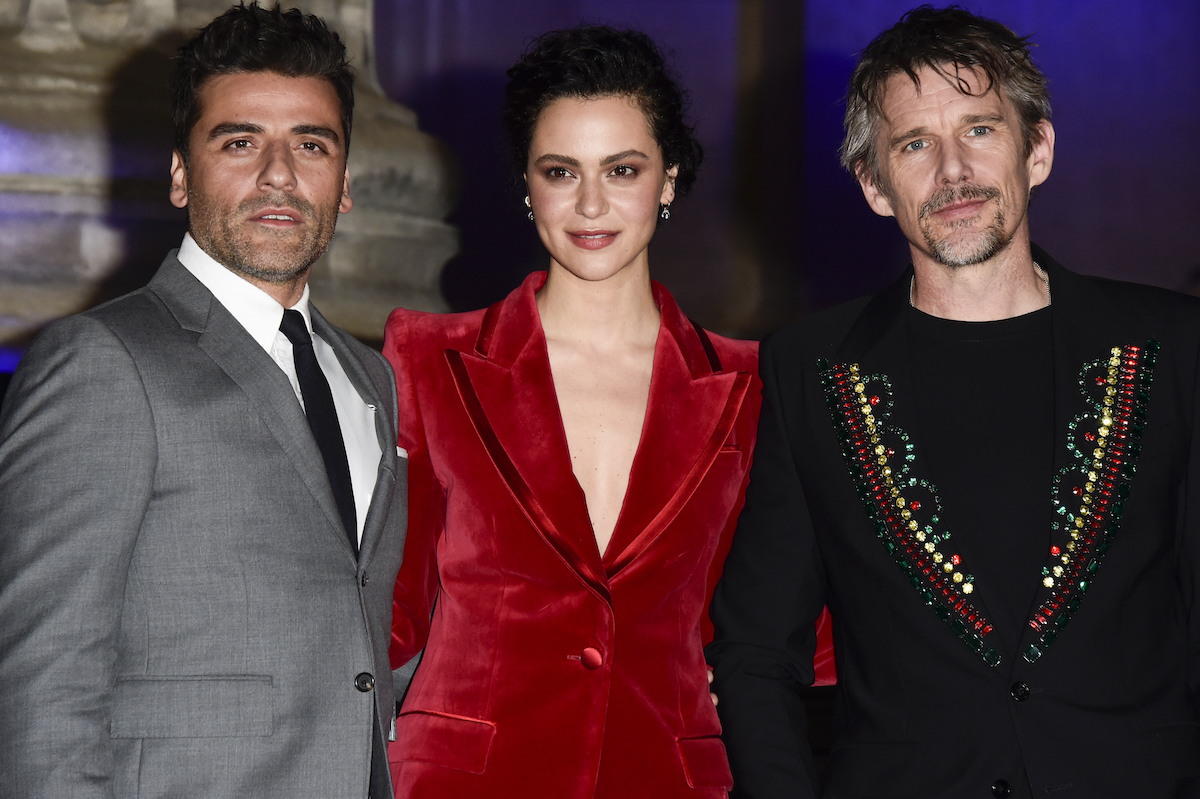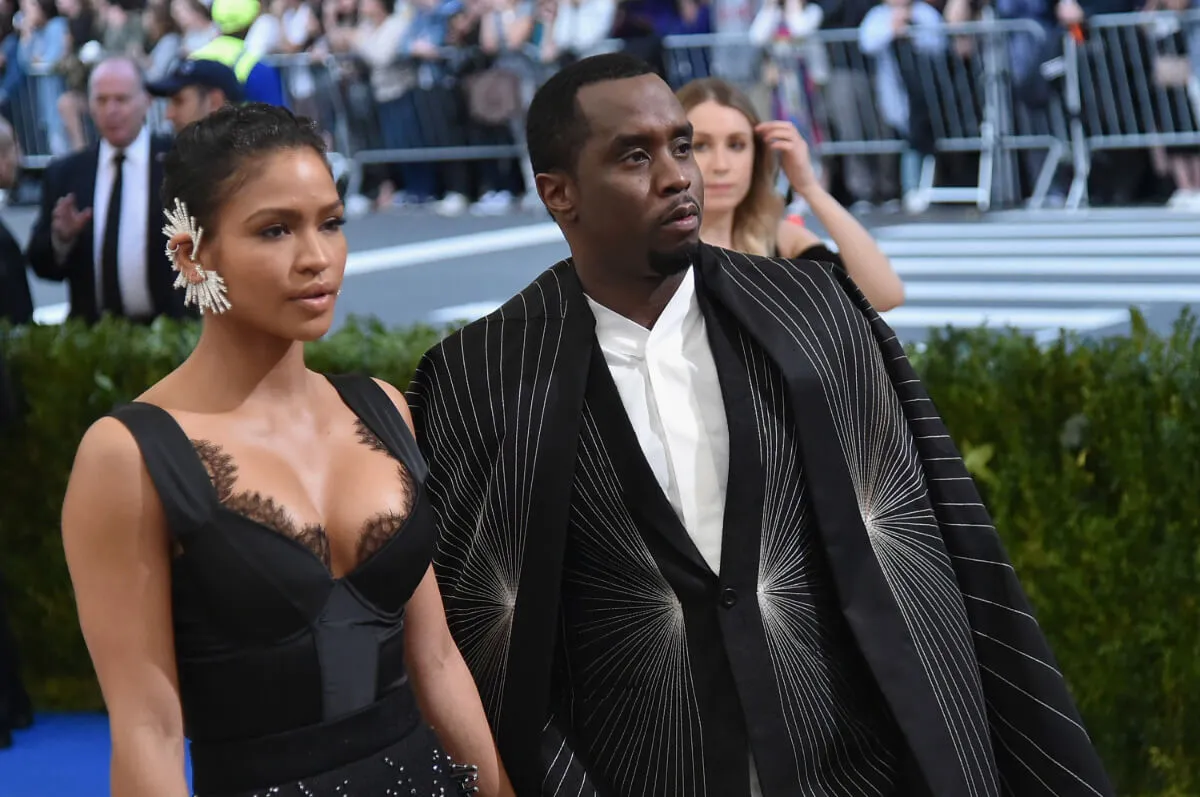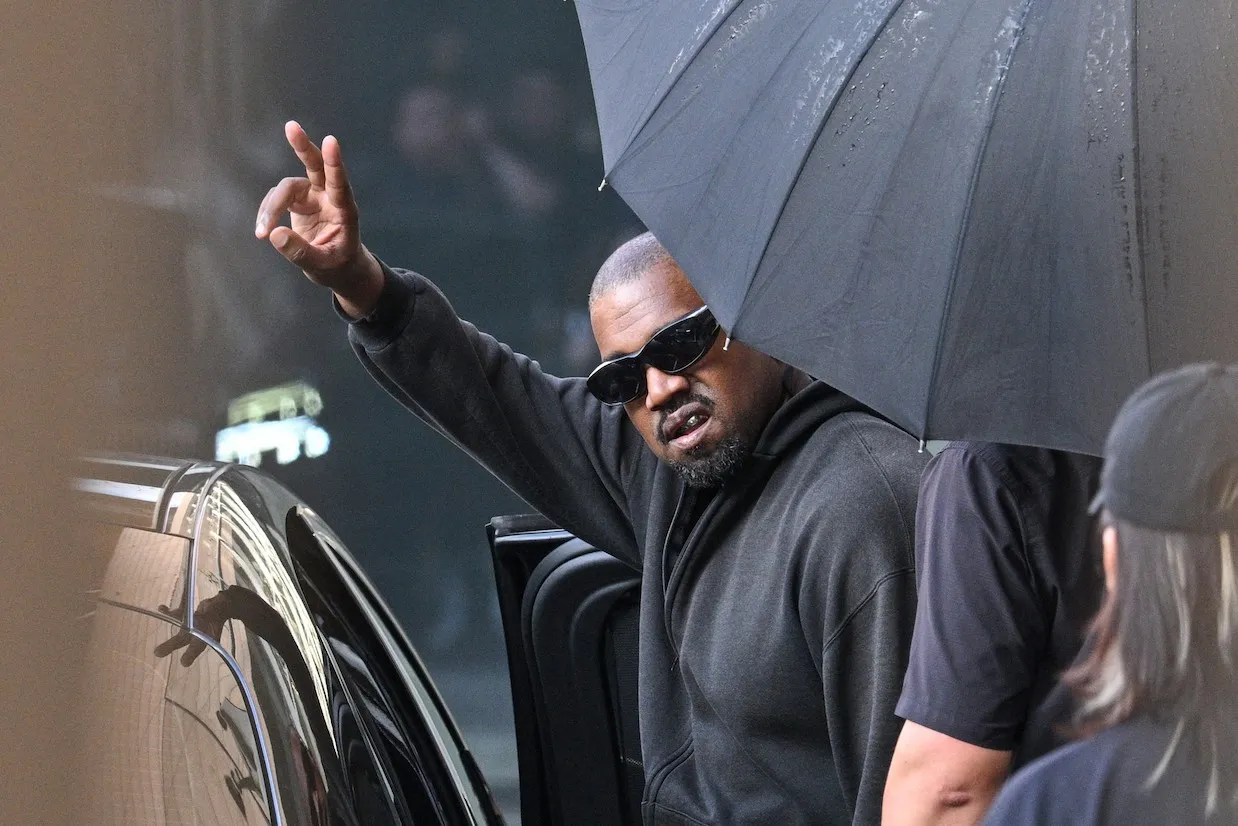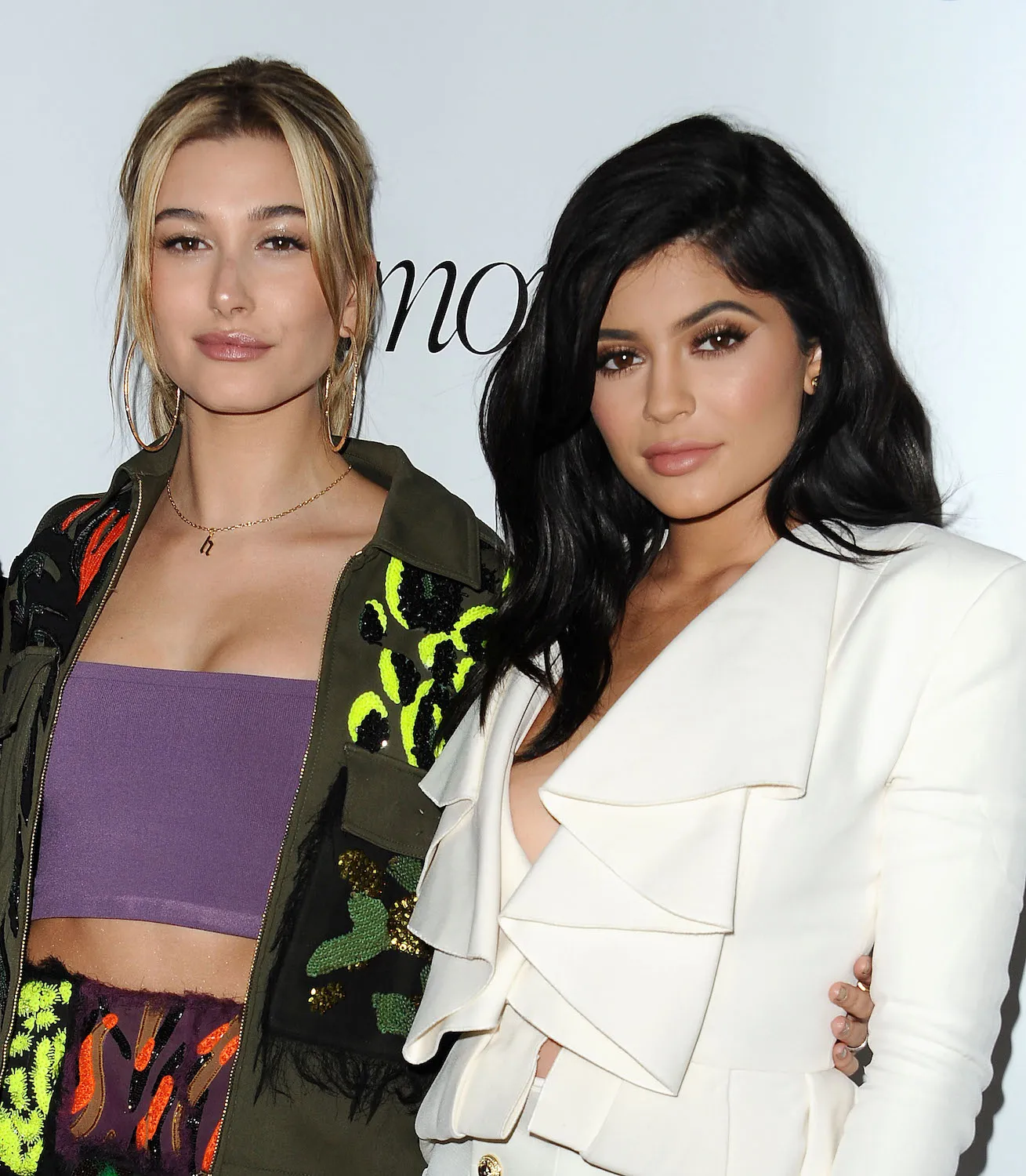‘Moon Knight’: Who Is Goddess Ammit in the Disney+ Series?
While the Marvel Cinematic Universe is no stranger to separate TV shows that technically play a part inside the greater universe, the Disney+ slate stayed close to its big-screen counterparts until now. Moon Knight introduces a different approach that neither expands on popular side characters nor fills in the blanks between big-screen conflicts. As such, Moon Knight‘s characters are new, and people have questions, especially concerning the goddess Ammit.
What is Disney+’s ‘Moon Knight’ about?

At its core, Oscar Isaac’s Moon Knight portrays a genre-twisting balance between the standard Marvel fare we’ve known for 14 years and a new, darker, grittier direction more attune to Netflix’s Marvel shows. According to IMDb, the show is a science fiction noir-inspired journey into Marc Spector’s Dissociative Identity Disorder.
Beginning as a bumbling British gift-shop team member named Steven Grant, Moon Knight shows his journey as he jumps between alter egos without knowing what is going on. While the comic book world is pure fantasy, the show aims to spotlight a genuine identity disorder. Isaac’s performance is lauded for treating the condition not as a gimmick but as something with layers the audience can latch onto.
With Ethan Hawke as villainous religious zealot Arthur Harrow, the show might lack the name recognition of Loki or WandaVision. Still, its star power is enough to keep the audience watching. Hidden behind the mental health allegories and A-list cast, however, is a mythological journey into the cult of Ammit and her supposed power over them.
Who is Ammit in ‘Moon Knight’?
For Moon Knight Director Mohamed Diab, correctly portraying Egypt and its mythos was more than a creative decision. He wanted to harken back to the culture he grew up in and show that Egypt was more than standard Hollywood fare.
“Being picked to tell a small part in the biggest cinematic run in the history of cinema is something historical for me,” Diab told ScreenRant. “But definitely, as always, I’m a perfectionist, and I always wanted more. So, I wanted to be unique. I wanted my take to be different, and I think maybe that’s why Marvel picked me. Because I have a different voice and different experience, coming from Egypt, coming from my life and life experiences.”
This didn’t just mean portraying modern Egypt as it is. This also involved putting a homespun spin on the mythology behind it. According to Ancient Egypt Online, the mythological Ammit had a crocodile’s head, a cat’s torso, and the backside of a hippopotamus. Ammit was in charge of offering divine retribution when somebody left their mortal life.
After the person confessed all of their good and evil deeds, she weighed their heart. If they showed they weren’t bad, they passed on to the next life. Funny enough, Ancient Egyptians never worshipped Ammit. She served as an executioner who weighed the good and evil without any emotion. So when Harrow worships her, it raises questions about what he intends to do.
Ammit in the Marvel Cinematic Universe
The MCU’s Ammit has a cult following that’s hellbent on her archaic sense of justice. In many ways, she’s the law and order the viewers see in headlines during every election — put into ancient mythological contexts. Ammit’s role will likely grow as the series develops, but her not-quite-good-not-quite-evil role makes her a multilayered “villain” matching perfectly with Moon Knight’s disposition. This is ripe for an ambitious project like the MCU.
The MCU is, in many ways, modern mythology. As such, Thor, the Eternals, Loki, and the other classic characters help connect thousands of years of history to the modern medium. The results have been a mixed bag, but Ammit’s inclusion should make Moon Knight an exciting addition to the on-screen folklore.


